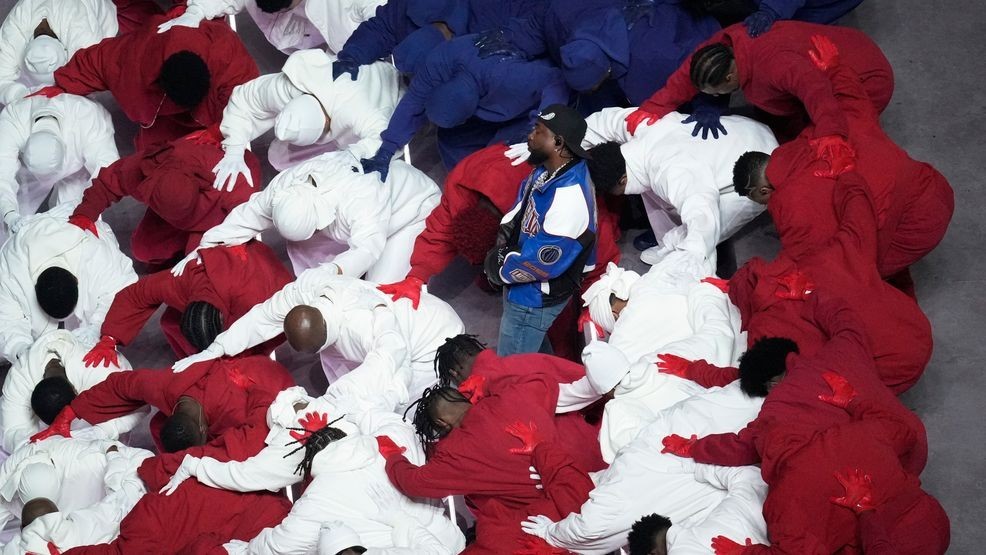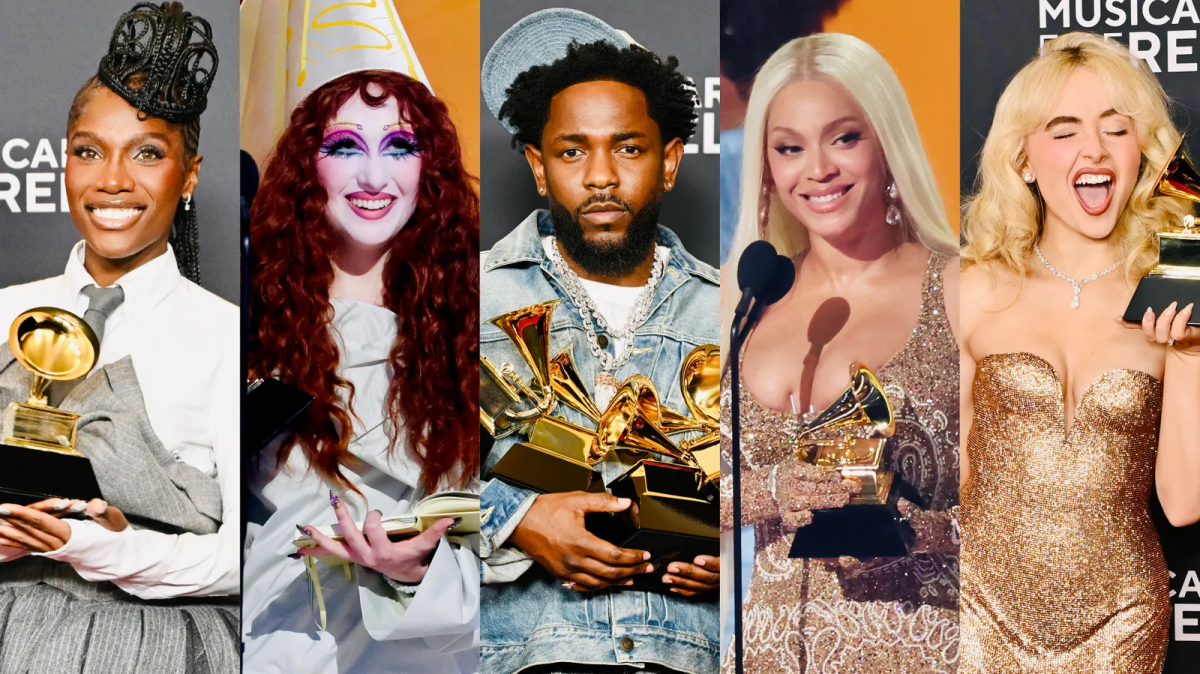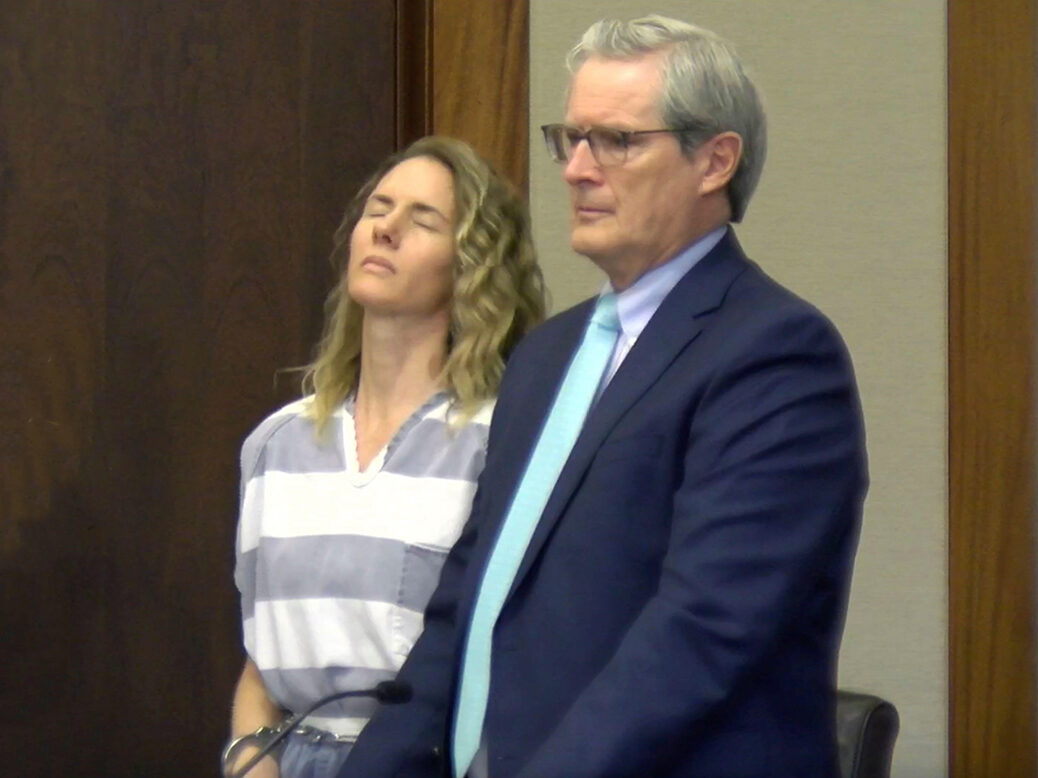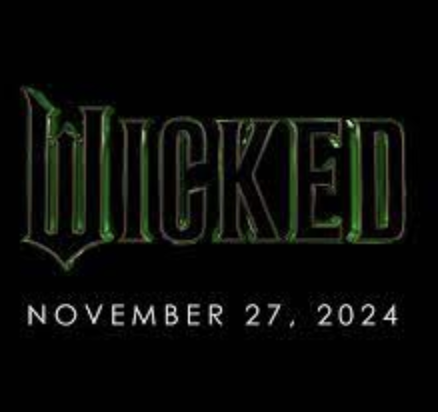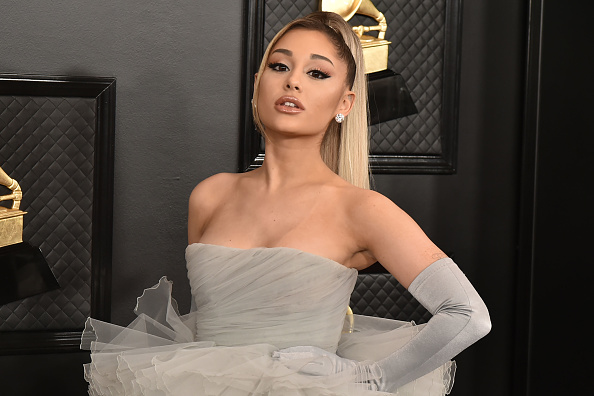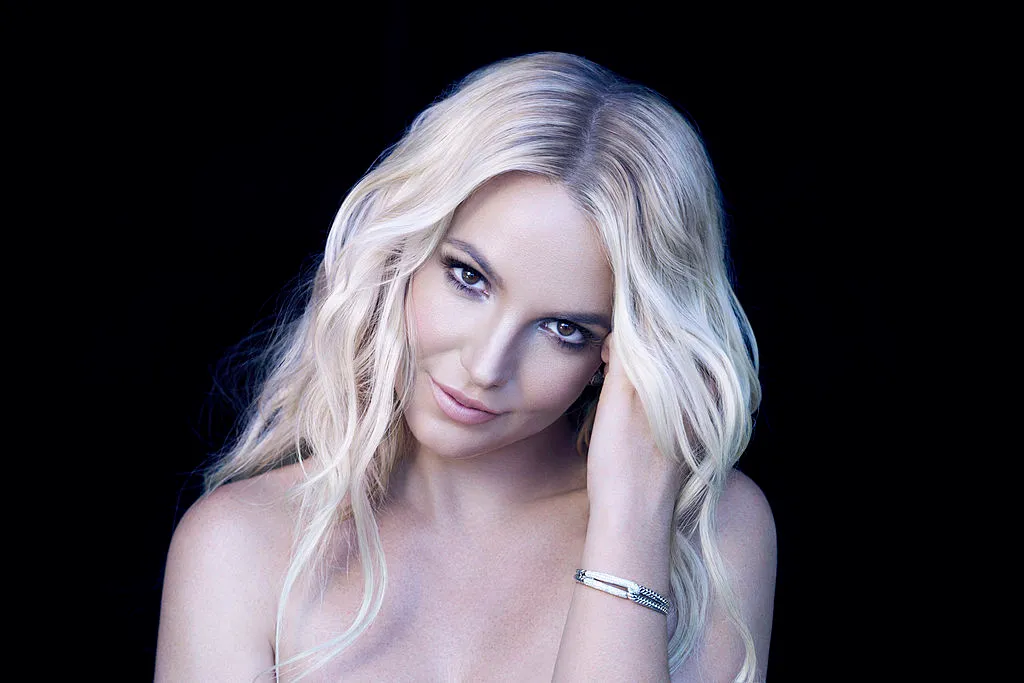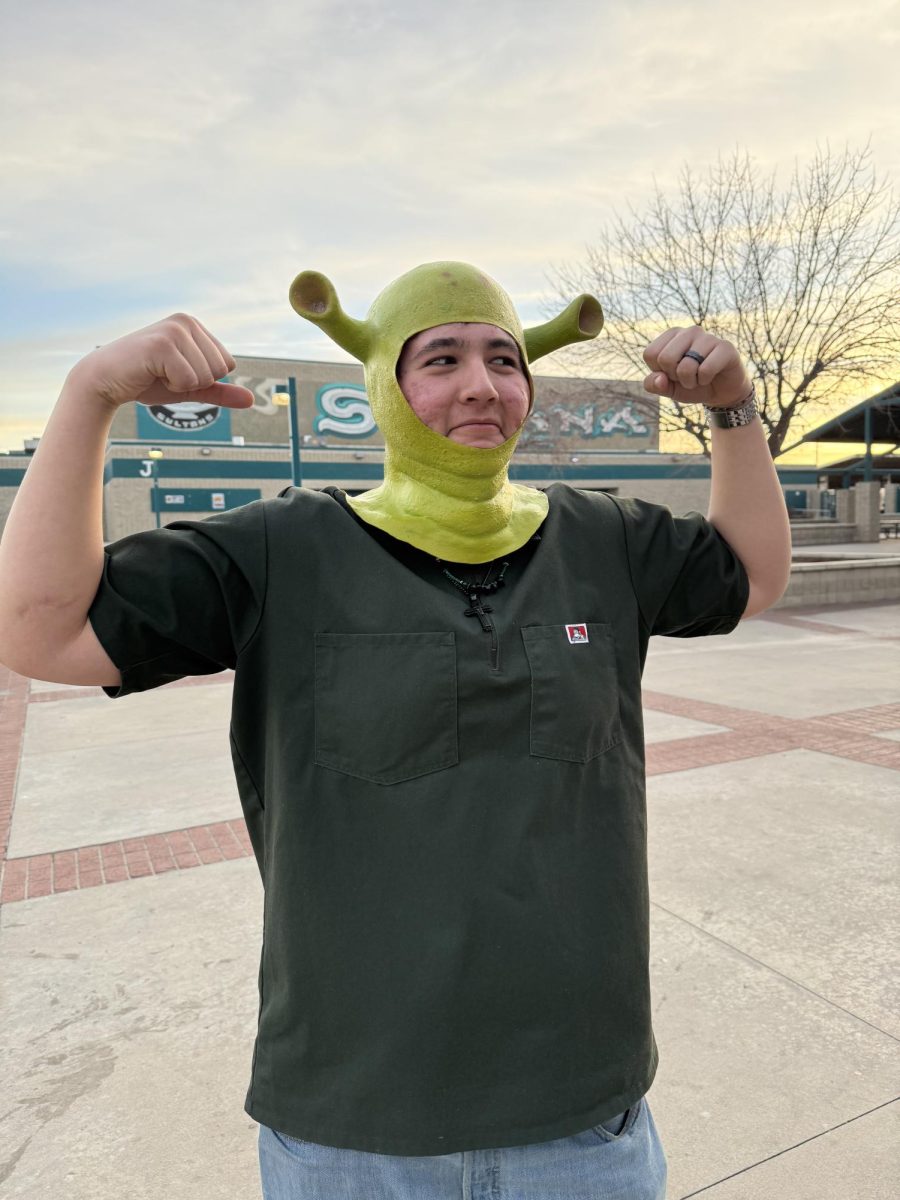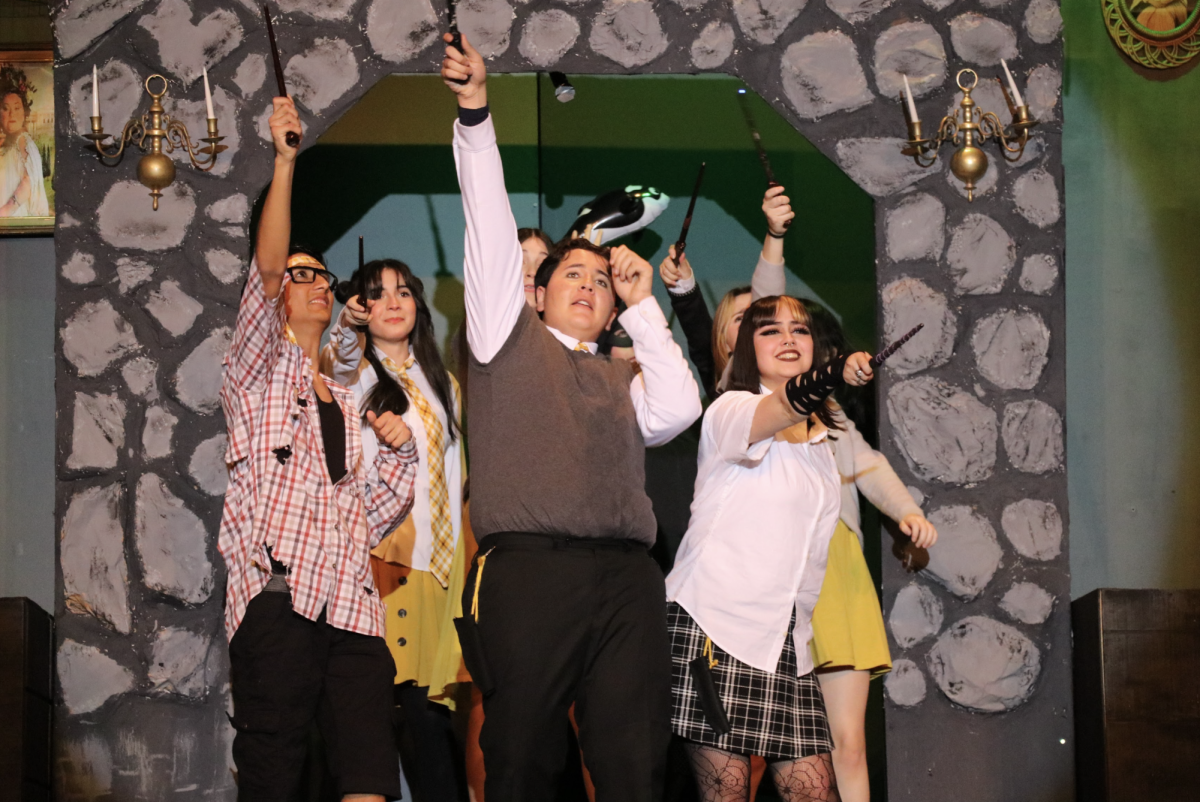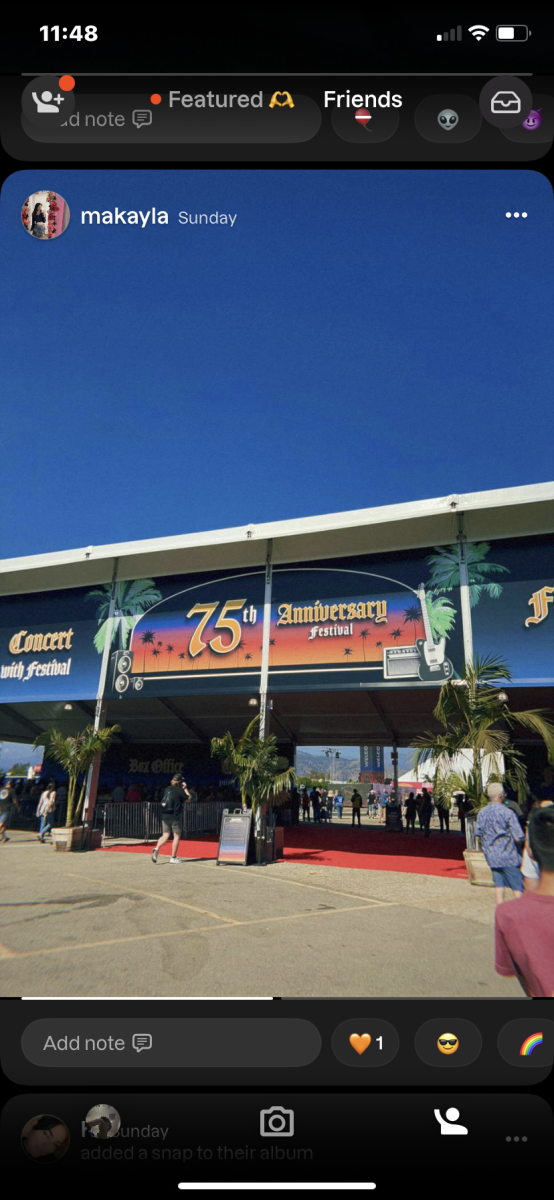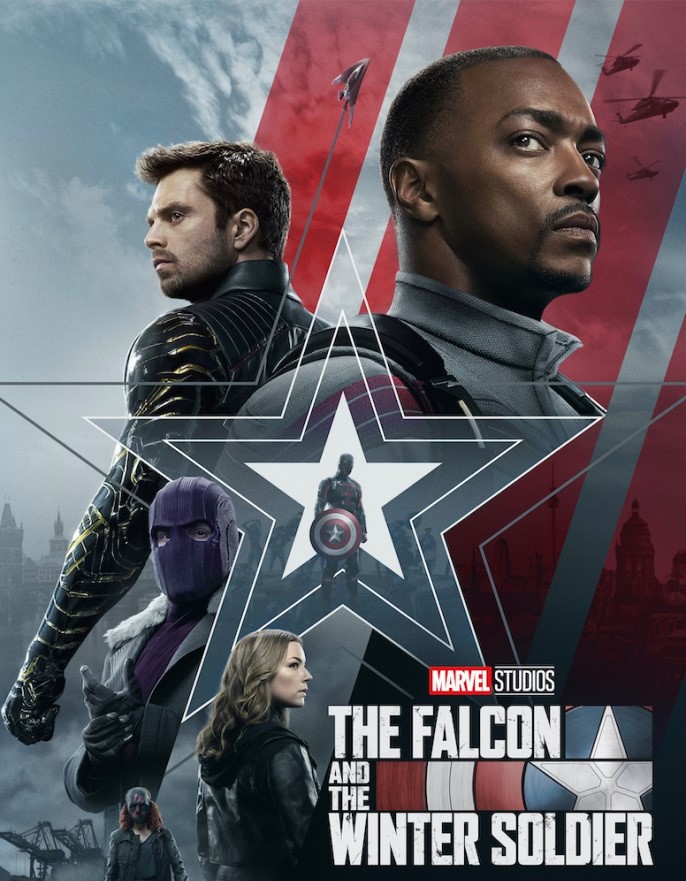On February 9, 2025, at the Caesars Superdome in New Orleans, Kendrick Lamar headlined the Super Bowl LIX halftime show, delivering a performance that seamlessly blended his chart-topping hits with profound cultural commentary. The Compton-born rapper, known for his introspective lyrics and dynamic stage presence, was joined by special guests
Kendrick’s act was a groundbreaking and multifaceted showcase that blended high-energy music, political commentary, and personal narratives, solidifying his place as a transformative figure in hip-hop.
HIGHLIGHTS
The show commenced with Lamar and his dancers emerging from a 1980s Buick GNX onto a stage designed to resemble a giant PlayStation controller. This setup symbolized the interplay between nostalgia and modernity, themes prevalent in his work.
Actor Samuel L. Jackson appeared as “Uncle Sam,” providing satirical commentary between songs, thereby personifying America and adding layers to the performance’s critique of national identity.
Lamar performed tracks from his 2024 album “GNX,” including “Luther” and “All the Stars,” the latter featuring a duet with SZA. A pivotal moment was the showing of “Not Like Us,” a diss track targeting fellow rapper Drake. Lamar teased this song earlier in the set, acknowledging potential legal issues by stating, “I wanna play their favorite song, but you know they love to sue.”
Tennis star Serena Williams made a cameo performing the Crip Walk, a nod to her 2012 Olympic victory dance and her shared Compton roots with Lamar.
The show concluded with “TV Off,” featuring DJ Mustard, ending with the symbolic act of “turning the TV off” and displaying “GAME OVER” through crowd wristband lights, suggesting a call to action for viewers to engage beyond passive consumption.
MEANING AND INTERPRETATION
Lamar’s halftime show was a meta-commentary on fame, the black identity, and the commodification of hip-hop in mainstream culture. By incorporating elements like the GNX car and the PlayStation controller stage, he juxtaposed personal and cultural history with contemporary entertainment. Samuel L. Jackson’s role as Uncle Sam added a layer of political satire, critiquing American nationalism and the entertainment industry’s exploitation of Black artists. The performance of “Not Like Us” not only addressed personal rivalries but also highlighted themes of authenticity and integrity in the music industry. Serena Williams’s participation further emphasized black excellence and resilience. The show’s conclusion with “TV Off” served as a metaphor for disengaging from passive media consumption and encouraged active participation in cultural and political discourse.
RECEPTION
Kendrick Lamar’s Super Bowl LIX halftime performance elicited a spectrum of reactions from the public and critics alike.
Many lauded Lamar for his daring artistic choices, particularly his decision to perform “Not Like Us,” a track widely interpreted as a diss aimed at fellow rapper Drake. This move was seen as a bold statement, showcasing hip-hop’s competitive spirit on a global stage. The inclusion of Samuel L. Jackson as a narrator and Serena Williams’s surprise appearance were praised for celebrating black culture and excellence, resonating with many viewers.
Although, with a lot of positives within the show there were a lot of negatives like Lamar’s attire, particularly his flared jeans, which sparked debate on social media. Some viewers criticized the look as outdated, while others appreciated the nostalgic nod to past fashion trends. The NFL faced backlash for selecting Lamar as the halftime performer in New Orleans, a city closely associated with rapper Lil Wayne. Fans expressed disappointment over Lil Wayne’s exclusion, leading to reports of the NFL issuing an apology to him.
Additionally, some conservative commentators criticized the performance, alleging it advanced a particular agenda. Lamar’s performance was a focal point of discussion, reflecting the diverse perspectives of a broad audience.
ACHIEVEMENTS & CONTROVERSIES
Kendrick Lamar’s show was both record-breaking and controversial.
The performance attracted 133.5 million viewers, making it the most-watched Super Bowl halftime show in history beating Micheal Jackson’s record in 1993’s Super Bowl XLVII Halftime performance. As of February 11 Kendrick Lamar’s creative communications company pgLang, RocNation, & Apple Music forward on Instagram with news regarding the performance and the achievements it broke.
During the show, performer Zül-Qarnain Nantambu, part of the 400-member field cast, displayed a flag representing Sudan and Gaza. This act was unplanned and unauthorized, leading to his ejection and a lifetime ban from all NFL events. Lamar and the show’s producers, Roc Nation, were reportedly unaware of this plan.
Given ongoing legal disputes over the song “Not Like Us” by Kendrick directed towards other rapper Drake, its inclusion was contentious and raised concerns about potential legal repercussions. While Lamar’s performance was celebrated for its artistry and record-breaking viewership, these incidents highlighted the challenges of live performances on such a prominent stage.
Overall, Duckworth’s performance was a bold assertion of hip-hop’s place on one of the world’s biggest stages, challenging traditional narratives and encouraging viewers to reflect on deeper societal issues.
